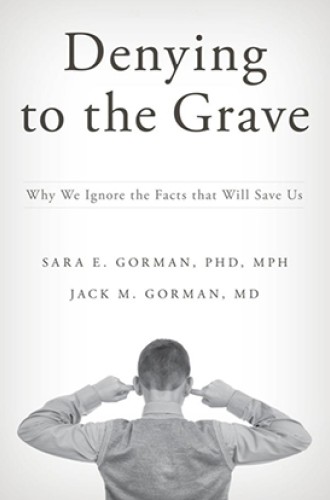What we need from scientists
It’s hard enough to distinguish fact from fiction. Then there’s the matter of interpretation.
A few notable people in places of public responsibility still believe that climate change is a hoax. Some people, harboring suspicions most have long since laid to rest, refuse to vaccinate their children. Way too many others, ignoring statistics that connect gun ownership to accidental deaths, keep guns where children might find them. And way too many still wrangle antibiotic prescriptions from doctors who know the dangers of antibiotic overuse and the futility of treating viral diseases with antibiotics. Antiscientific behaviors are dangerous and astonishingly common.
Sara Gorman, who holds advanced degrees in English literature and public health, and medical doctor Jack Gorman not only review the most accessible scientific evidence against several popular misconceptions but also consider the most common reasons why intelligent, educated people can be persuaded of positions that fly in the face of compelling scientific evidence. These reasons include the lure of charismatic leaders, the appeal of plausible and imaginative conspiracy theories, confirmation bias (the tendency to take in and interpret new information only in a way that confirms one’s already-existing beliefs), and a very human tendency to avoid complexity.
I have to acknowledge my own susceptibility to all of the above. I was also grateful for the authors’ willingness to acknowledge the limits of scientific evidence. “In science we can never be 100% sure,” they write, though on some questions science can be “very close to totally sure.” They also acknowledge that emotional responses to perceived threats, which evolved to protect us, can be of practical use. Problems arise, though, when those “adaptive reactions are applied in maladaptive ways.”






